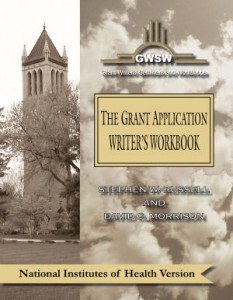In a study published in 2013 (Science 342:60-65, Oct. 4, 2013), John Bohannon provided alarming information about open-access scientific journals. The author submitted a manuscript representing a fabricated study, from a fabricated author, from a non-existent research institute to 304 open-access journals. The manuscript contained numerous fatal flaws, and meaningless results. Nevertheless, 157 journals (52%) accepted the manuscript, and only 106 (35%) performed any discernible review. Most of the reviews focused on format, language, and layout; only 36 (12%) of the reviews addressed scientific problems, and 16 of these accepted the manuscript anyway. Although there are numerous reputable open-access journals, the number of publishers who use open-access to defraud authors and readers by promising reputable publishing platforms, but failing to do so, has expanded dramatically. The term “Predatory Publishing” has been coined to refer to this practice (Beall, J. 2016. Ann R Coll Surg Engl. 98:77).
How did scientific publication evolve to this point?
The business model driving biomedical publication has shifted dramatically in the past 20 years. Historically, authors transferred the copyright for their submitted manuscript to the journal upon acceptance, and this copyright transfer permitted the journal to restrict access to individuals and institutions that paid for subscriptions. Restricting access to published manuscripts had a negative impact on authors, funding agencies, and potential readers, but enabled publishers to recoup costs and/or generate profits. Taxpayers, Congress, and funding institutions worked to change this system. The establishment of PubMed Central in 2000, and the subsequent requirement that NIH-funded investigators submit their published full-length manuscripts to PubMed Central no later than 12 months after publication, accelerated the shift toward open-access publication.
There are currently approximately 2,250 open-access biomedical journals, essentially none of which existed 20 years ago. Thus, approximately one new journal has been established every 3.25 days over this 20-year period; maintaining quality control in this environment has been difficult. The primary positive impact of this transformation is that open-access publications are available to all potential readers via the internet, without having to pay subscription costs. This benefits authors, funding institutions, and potential readers, and promotes the advancement of science and medicine.
Open-access journals cannot recoup costs or generate profits by charging for subscriptions. Consequently, authors, rather than readers, pay these costs. When readers pay the costs of publication, publishers must ensure that their journal is of sufficient quality to attract readers. If they do not sell a sufficient number of subscriptions, the journal will fail. When authors pay the costs of publication, however, the journal is encouraged to accept manuscripts to generate revenues. Rejected manuscripts represent lost revenues; the quality of the product is not as financially important. Presumably, even if nobody ever read manuscripts published in an open-access journal, the journal could survive as long as authors were willing to pay to publish in that journal.
Importantly, despite the large number of potentially Predatory Journals, there are also a number of high quality open-access journals. When you’re exploring what journal to target for manuscript submission, high-quality open-access journals should be considered, due to wide access, but Predatory Journals should be avoided.
Fortunately, a list of potentially Predatory Journals is available at Beall’s List of Predatory Publishers, though this list is no longer being updated. You can also avoid Predatory Journals by utilizing the tool provided at Think Check Submit, or by ensuring that the journal targeted for publication is listed in a trusted database, with high standards, such as MedLine.
Chris Papasian presents the GWSW Seminar Writing and Publishing High-Impact Research Manuscripts and is coauthor of our workbook, Writing for Biomedical Publication. He is currently Professor and Chair of Biomedical Sciences at the UMKC School of Medicine, and Editor of the ASM journal, Clinical and Vaccine Immunology.

